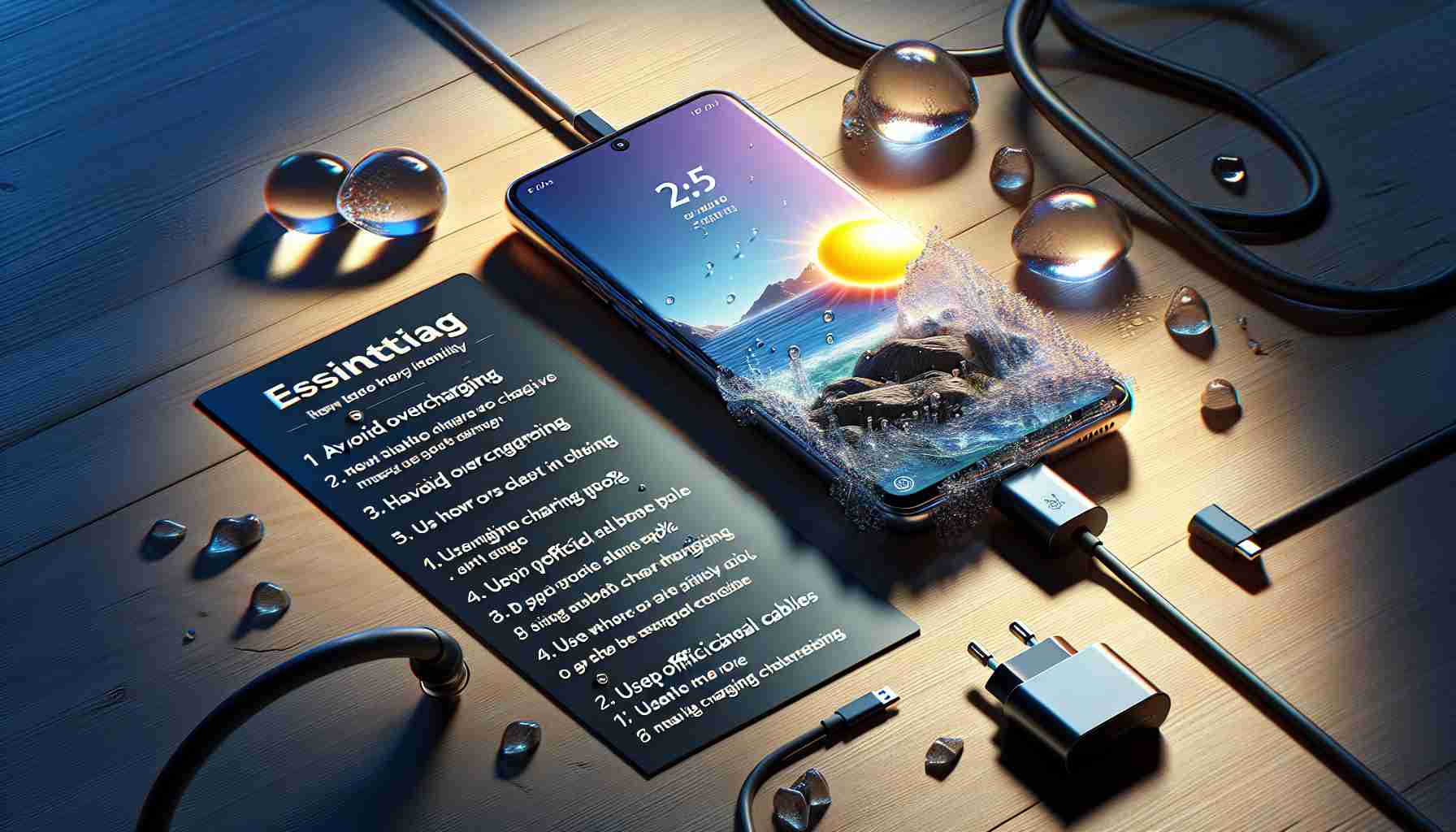Minimize Usage While Charging
It’s commonplace for individuals to use their smartphones while they are charging, especially for activities like gaming. However, engaging with your phone during charging can overburden its processor and cause overheating. In extreme cases, this can lead to hand-burning temperatures or even circuit combustion, risking explosion. To reduce wear and tear on the device, it is better to engage in low-intensity activities, such as reading, if phone use is necessary during charging.
Avoid Overnight Charging
The habit of charging smartphones overnight is prevalent among those who use their phones for chatting or watching videos before sleep. That may be convenient, but it’s harmful to the battery. Continuously charging the battery for extended periods can hasten its degradation, leading to diminished battery life where daily charging becomes necessary. Experts recommend disconnecting the charger once the battery reaches 80% or is fully charged, to prevent prolonged exposure to power.
Select Quality Chargers
The market offers a multitude of chargers and cables, with varying quality standards. In an attempt to save money, some consumers opt for cheaper, substandard products, which can be hazardous. Low-quality chargers produced by some unscrupulous manufacturers may lead to dangerous issues, including the potential for smartphone explosions. To ensure health and safety, consumers should opt for chargers from reputable manufacturers.
Maintaining your smartphone’s health requires attention to how you charge it. By avoiding simultaneous use and charging, not leaving it connected to power excessively, and investing in quality charging accessories, you can significantly extend the life of your device.
Understand Your Phone’s Battery Technology
Most modern smartphones come equipped with lithium-ion (Li-ion) or lithium-polymer (Li-Po) batteries, which have a finite lifespan, typically quantified in charge cycles. A charge cycle is defined as the process of charging the phone’s battery from 0% to 100%. Both Li-ion and Li-Po batteries are susceptible to wear from the number of cycles they go through, and they both prefer partial over full discharges.
Use Smart Battery Features
Many smartphones have built-in software features designed to improve battery life and manage charging effectively. For example, some devices come with modes that limit battery charge to 80% or use intelligent software to slow down charging overnight, reaching full charge by the time the user wakes up. Users should explore their phone’s settings to take advantage of these features.
Maintain Optimal Battery Temperature
Exposing batteries to extreme temperatures, whether hot or cold, can damage them and reduce their lifespan. It is best to charge your phone in a cool, dry environment to avoid heat accumulation. In addition, storing your phone in a hot car or using it in cold weather can stress the battery and lead to reduced battery health.
Challenges and Controversies
There are differing views on what constitutes the best charging practices for smartphones. While some experts suggest keeping the charge between 20% and 80% for optimal battery health, others argue that modern battery management systems are more than capable of preventing overcharging and unnecessary wear. The controversy lies in balancing battery longevity with practical usage patterns.
Advantages and Disadvantages
Minimizing usage while charging and avoiding overnight charging help prevent stress on the battery, but may be inconvenient for those who rely heavily on their devices. Using high-quality chargers ensures safety and optimal charging, but can involve a higher upfront cost compared to cheaper alternatives.
For more guidance on smartphone battery care and the latest in technology, consider visiting reputable technology news and consumer electronic sites such as CNET or TechRadar. Please ensure that you enter the URLs in your browser to check their validity, as it’s important that the websites you visit are secure and trustworthy.
